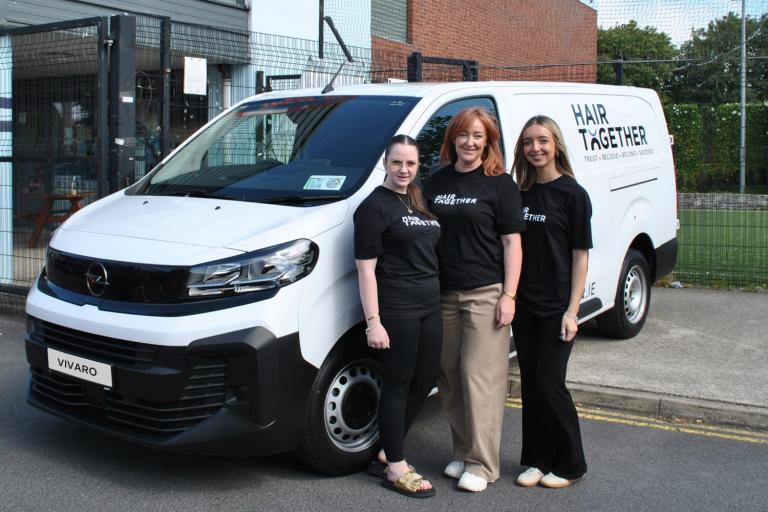Safe winter driving: key tips and checks you need to make
Published on 9 December, 2022
Overview
With more snow and ice on the way in coming days motorists are being warned to exercise caution on the roads.
We have had plenty of weather extremes over recent years, so whatever may lie ahead for us this winter, it makes sense to be prepared and not be caught out as can happen so easily – as many a motorist will attest.
The thing about being prepared is that you need to do it on a constant basis so that there is not a build-up of small (or major) defects that all strike at the same time – just when you least need them.
So this winter check test is a focus for that but is no substitute for a major and regular service at your garage where professionals can detect and repair potentially dangerous areas of your car.
A lot of what follows is obvious and basic. But it is essential. And if you think you have read it all before, think again. Maybe there are areas you need to take another look. Remember the ultimate aim is to be able to drive safely, avoid trauma and potential injury or accident due to faulty parts.
Check it out
The end result should be that your vehicle is ready for winter and all that it brings.
First things first: As mentioned get your car ready by having it serviced to make sure it is roadworthy and can meet the challenge of winter driving.
Don’t skimp on this. It is of vital importance.
Get into the habit of making regular checks – at least once a week in some cases.
Start by examining the lights. Make sure they are all working and clear of any dirt. They are not going to be much use if coated in a film of dirt.
Get someone to check brake lights, headlights, indicators, etc, while you turn them on and off and press the brake pedal, etc.
Tyres
Thoroughly examine your tyres. Check for worn tread, damage or bulges and the pressure, which needs to be at the manufacturer’s recommended level.
While the minimum legal tread depth is 1.6mm, the RSA always suggests replacement if they are below 3mm.
Tyres are your only contact with the road and they will really be put to work dealing with winter driving conditions.
A common question we get asked is, should you fit winter tyres?
These have tread patterns that are specially designed to bite into snow and ice.
They’re made from softer rubber than normal tyres and they stay more flexible in cold weather.
This means the tyre can grip the road better in snow or icy conditions.
Winter tyres are labelled ‘MS’ or ‘M&S’ (Mud and Snow) with an alpine mountain symbol.
Conditions in Ireland rarely get so cold or last long enough, to really justify using winter tyres.
Typically, drivers here use all-season or summer tyres.
Be aware that if you do choose to use winter versions in warmer weather, the soft rubber they’re made from will wear out faster.
Wipers
Check windscreen wipers for wear and tear. Replace them if worn in any way.
All too often, motorists do not de-fog or de-ice windows and mirrors properly, meaning visibility is reduced.
Clear windows of frost and ice by using a de-icer and or screen scraper. Whatever you do, don’t use hot water as this can crack the windscreen.
Black ice
Probably the biggest danger on the roads during winter is black ice. That is because it is so difficult to see. Watch out for it in sheltered or shaded areas on the road, for example under trees, near high walls and under bridges. Black ice can sometimes be seen in the right lighting conditions as it forms in smooth, glossy sheets.
Keep an eye out for a slick or glossy coating on the road and adjust your speed accordingly.
Safety systems
We always advise drivers to become familiar with the safety assist features on their car.
It sounds a bit pedantic but do read your car manual for the relevant bits of information and find out if your vehicle has safety assist technology.
There are huge numbers of systems on modern cars these days aimed at avoiding or averting an accident or mishap.
Find out how these technologies can assist your driving in harsh weather conditions.
Slow down
Whether you are driving in foggy, flooded, icy or snowy conditions there is one important counter measure you will need to take and that is to slow down.
If you drive too fast for the conditions you risk a skid or aquaplaning. In extreme weather you will need extra time and space to react and stop the vehicle.
The key this winter is to slow down and remain a safe distance behind the car in front of you.
This can’t be emphasised enough. Speed kills.
Fog lights
If driving in foggy or snowy conditions, use your fog lights but please don’t forget to turn them off when it clears; otherwise you risk dazzling other drivers.
Remember you must not use them in normal driving conditions either during the day or at night, even if you think it is increasing your visibility on the road. Many people don’t realise they are committing an offence if they drive with fog lights in clear weather.
Essentials on board
During winter it is advisable to carry a number of essentials in the boot. Just in case – you never know when you’d need them. They can, or should, include:
*a high-visibility vest,
*de-icing equipment,
*a torch,
*a hazard warning triangle,
*a first aid kit,
*a blanket, additional clothing and some food and water.
Heed warnings
If we do get hit by extreme weather this year, always heed any warnings issued by Met Éireann.
They are colour-coded depending on how destructive the weather forecast might be.
It starts with Yellow warnings and moves up to Orange and then to Red for the most severe weather.
If a warning is issued, listen to national and local weather and traffic reports.
Pay heed to the alerts for drivers in unsafe and dangerous driving conditions.
Most of all, heed any road closures or detours put in place by the local authority or gardaí.
Eddie Cunningham adds…Watch your driving
Above all adapt your driving to the prevailing conditions.
Cars take longer to stop when you brake in wet and slippery conditions, obviously.
But do we really slow down enough to take them into account?
Judging by what you can see on country roads, especially this time of year with a lot of leaves and wet patches on surfaces, I don’t think we do.
It is disturbing to see people doing 80kmh-100kmh under such conditions. The speed limit is only a guide to how fast you can legally, not safely drive.
For more tips on preparing for severe weather visit www.winterready.ie, and for tips on using the roads in severe weather conditions visit rsa.ie.
Latest Reviews

Car Finance Explained - What's the best option for me?

Opel Supports Hair Together with Vivaro Van Donation

2025 CarsIreland Dealership Awards Q2